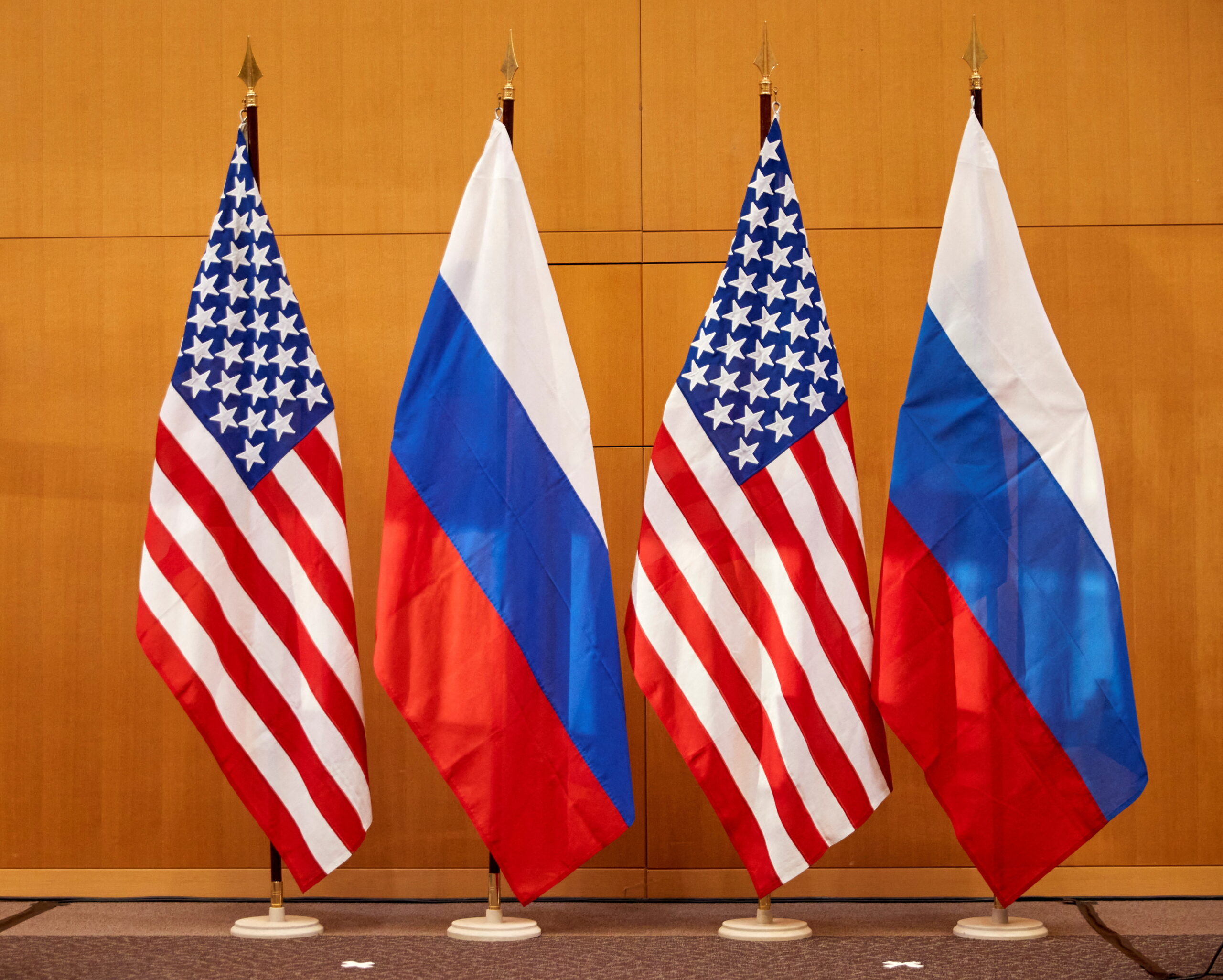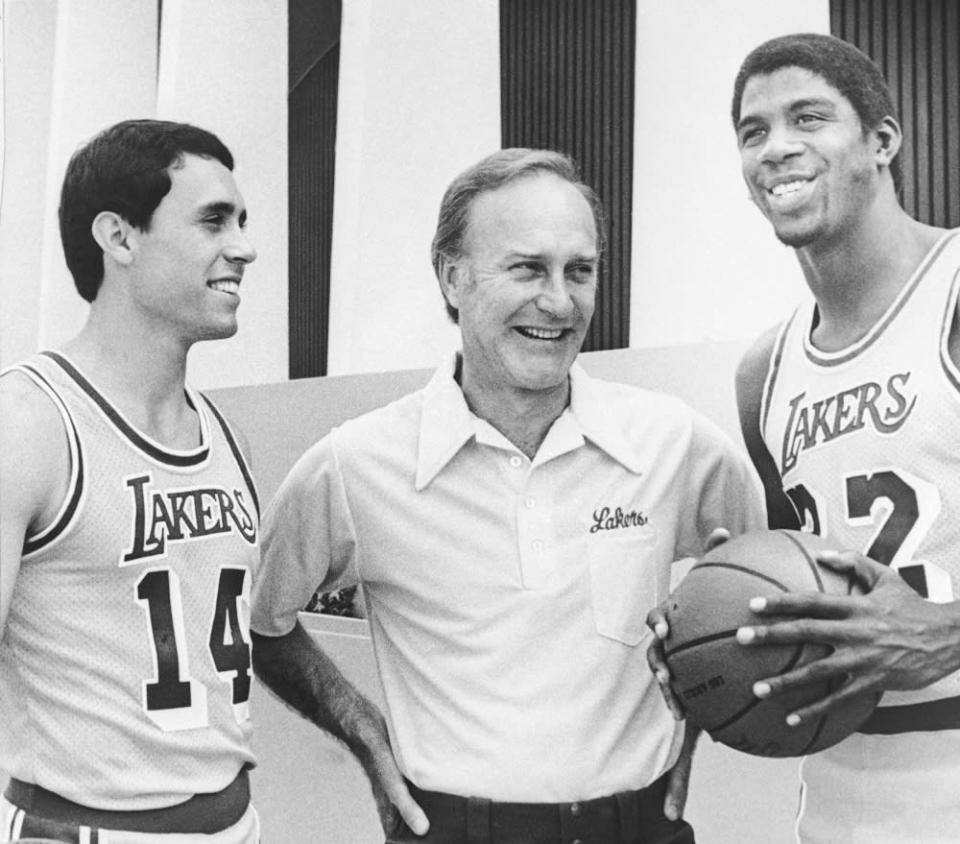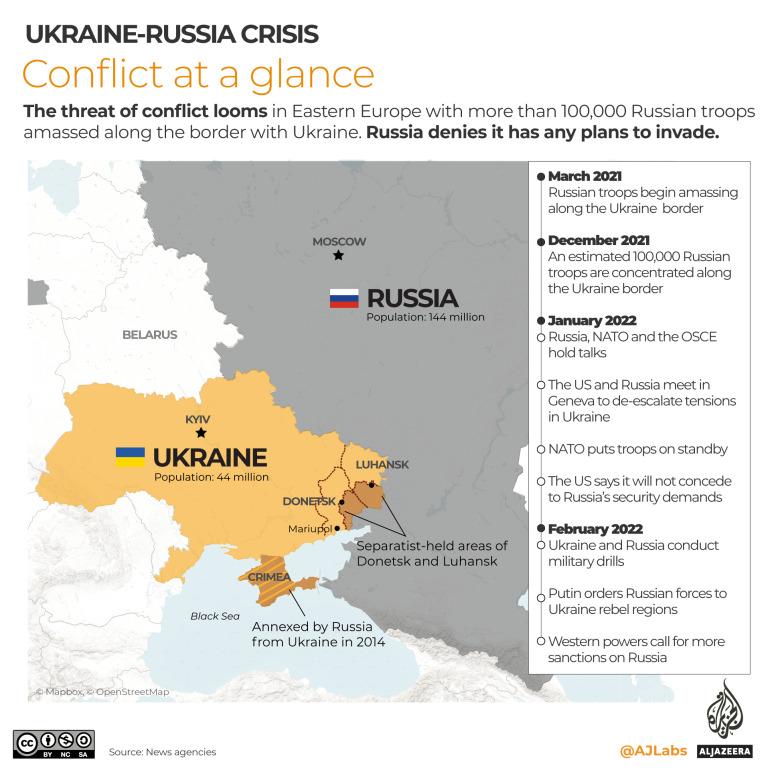United Nations – The US and its allies clashed with Iran and its ally Russia over Western claims that Tehran supplied Moscow with drones that attacked Ukraine – and the US accused the UN secretary-general of “yielding to Russian threats” and do not launch an investigation.
At a contentious Security Council meeting Monday on the resolution upholding the 2015 nuclear deal between Iran and six major powers, the United States and Iran also accused each other of responsibility for stalled negotiations over the Biden administration’s return to the accord. who outed former President Donald Trump. from 2018.
The Iranian U.N. Ambassador Amir Saeid Iravani insisted Iran’s negotiating team exercised “maximum flexibility” to reach an agreement and even introduced an “innovative solution to the remaining issues to break the impasse.” But he claimed that the US’s “unrealistic and rigid approach” led to the current stalled talks on the 2015 agreement, known as the JCPOA.
“Let’s be clear: pressure, intimidation and confrontation are not solutions and will not get anywhere,” Iravani said.
Iran is ready to resume talks and arrange a ministerial meeting “as soon as possible to declare the JCPOA restoration,” Iravani said.
Speaking before Iravani, US Deputy Ambassador Robert Wood said “the door to negotiations remains open” for a mutual US-Iranian return to full implementation of the JCPOA. But he said: “Iran’s own actions and attitudes were responsible for preventing this outcome.”
In September, a deal that all other parties had agreed to was “within reach” and “even Iran was willing to say yes,” Wood said, “until at the last minute Iran made new demands that were outside of the JCPOA and that it knew could not be fulfilled.”
He said Iran’s behavior since September — notably its failure to cooperate with the International Atomic Energy Agency, the U.N.’s nuclear watchdog, and the expansion of its nuclear program “for no legitimate civilian purpose” — has fueled U.S. skepticism “about Iran’s will and strengthened Iran’s ability to reach a deal, explaining why there have been no active negotiations since then.
At the end of the council meeting, Wood asked for the floor to reject Iravani, saying that it is “a fact” that Iran’s external demands and rejection of all compromise proposals are the reason why it will not return to mutual compliance with the JCPOA.
“So let me just say, the ball is not in America’s court,” Wood said. “On the contrary, the ball is in Iran’s court.”
British UN Ambassador Barbara Woodward, whose country remains a party to the JCPOA, told the council that Iran’s nuclear escalation “makes progress on a nuclear deal much more difficult.”
“Today, Iran’s total enriched uranium stockpile exceeds the JCPOA limits by at least 18 times, and it continues to produce highly enriched uranium, which is unprecedented for a state without a nuclear weapons program,” she said.
In addition, Woodward said, “Iran’s nuclear breakout time has been reduced to a few weeks, and the time required for Iran to produce the fissile material for multiple nuclear weapons has decreased.” She said Iran is also testing technology that would allow intermediate- and intercontinental-range ballistic missiles to carry a nuclear payload.
UN political chief Rosemary DiCarlo told the council “the space for diplomacy appears to be shrinking rapidly.”
She pointed to an IAEA report that Iran intends to install new centrifuges at its Natanz Fuel Enrichment Plant and produce more uranium, enriched up to 60% at the Fordow Fuel Enrichment Plant – a level close to that required for a nuclear weapon. Iran also removed all IAEA equipment monitoring JCPOA-related activities.
DiCarlo called on Iran to reverse any steps outside the JCPOA limits, and for the United States to lift the sanctions on Iran outlined in the nuclear deal and extend the waiver on Iranian oil trade.
Iran’s Iravani stressed that all nuclear activities of Iran “are peaceful” and said that Iran is ready to engage the IAEA to resolve outstanding issues on nuclear safeguards.
As for what he called the “unfounded allegation” that Iran transferred drones to Russia in violation of the 2015 resolution, Iravani stressed that all restrictions on the transfer of weapons to and from Iran were ended in October 2020 . Approval “has no legal merit.”
Iravani also insisted that drones were not transferred to Russia for use in Ukraine, saying “the disinformation campaign and the baseless allegations … serve no purpose other than to draw the attention of Western states to the transfer of massive Diverting quantities of advanced, sophisticated weaponry into Ukraine will prolong the conflict.”
Russia’s UN ambassador Vassily Nebenzia called accusations of Iranian drone deliveries to his country for use in Ukraine “patently fabricated and false.” Russia is well aware that Ukrainian representatives “are not able to provide Tehran bilaterally with any documentation to confirm the use by Russian military personnel of drones of Iranian origin,” he said.
Wood, the US envoy, told the council that Ukraine’s report on Iranian-origin drones being used by Russia to attack civilian infrastructure was supported “by sufficient evidence from multiple public sources”, including a statement by the Iranian Minister of Foreign Affairs on November 5.
He insisted that Iran is prohibited from transferring these types of drones without prior Security Council approval under an annex to the 2015 resolution.
For seven years, Wood said, the UN has had a mandate to investigate reported violations of the resolution, and he expressed disappointment that the UN Secretariat, led by Secretary-General Guterres, has not launched an investigation, ” apparently yielding to Russian threats.”
Russia’s Nebenzia reiterated Moscow’s claim that the investigations were “a heinous violation” of the U.N. resolution. Charter are “and the UN Secretariat should not bow to pressure from Western countries.”
Guterres said at a news conference earlier Monday, when asked about criticism that the UN did not launch an investigation into Iranian drones in Ukraine, that “We are looking at all aspects of this issue and in the broader picture of everything we are. do in the context of the war to determine if and when we should” conduct an investigation.
Who makes the drones used in Ukraine?
The Iranian-made, Russian-brand suicide drones are launched in small “swarms” of five or more, which can be enough to overcome some air defenses. On the same subject : Russia’s War in Ukraine: Six Months of Lies, Implemented – United States Department of State.
Where are Iranian drones made? The type of Iranian drones Tajikistan has an agreement to manufacture are not the ones seen in the skies over Ukraine. This is an Ababil-2, the type of Iranian drone Tajikistan has a license to produce. The design originates from the 1990s.
What are drones dropping in Ukraine?
DJI Mavic Series Chinese drone manufacturer DJI designs its drones mostly for filmmakers and photographers, but both sides in the Ukraine conflict use DJI copters for reconnaissance, artillery correction, and to drop small antipersonnel grenades.
Who supplies Iran with drones?
Investigators in Kyiv found that explosive drones and other guided munitions supplied to Russia are mostly built with parts from the United States, including many made since 2020. This may interest you : Department Press Release – November 7, 2022 – United States Department of State. As a subscriber, you have 10 gift items to give every month.
What is Iran famous for producing?
Iran now produces a wide range of manufactured goods, such as automobiles, electrical appliances, telecommunications equipment, industrial machinery, paper, rubber products, steel, food products, wood and leather products, textiles and pharmaceuticals. See the article : US support for Ukraine in the face of Russian attacks – US State Department.
What is Iran a major producer? Besides petroleum, the country’s other natural resources are natural gas, coal, chromium, copper, iron ore, lead, manganese, zinc and sulphur. The national currency is the Rial. The President of the Islamic Republic of Iran is HE Ebrahim Raisi. The country is a founding member of OPEC.
What product is Iran known for?
Sweets, Nuts and Spices In addition, Iran is considered the center of pistachio production in the world and is the best place for foreign tourists to buy it as a souvenir. Saffron is another famous souvenir of Iran, known as red gold and is widely used in Iranian food and pastries.
What is the most famous thing made in Iran?
The most famous Iranian crafts include the Persian carpet, minakari (carvings on silver), miniature, khatamkari and ghalamzani (metal work).
What is Iran main industry?
Iran’s economy is dominated by the oil and gas sector, agriculture and services sectors, and a noticeable state presence in manufacturing and financial services. Economic activity and government revenues depend to a large extent on oil revenues and therefore remain sensitive to global oil prices.
Where did Ukraine get drones?
During the time the Pentagon was considering transferring the drones to Ukraine, Ukraine purchased or donated Turkish-made TB2 drones, which proved effective early on but were later targeted by Russian air defenses and electronic jams were
Who will supply Ukraine with drones? The United States has sent various types of air defense systems to Ukraine. These include switchblade drones – small, portable kamikaze drones that carry a warhead and detonate on impact. The Switchblade 300 and the larger Switchblade 600 are produced by the American defense company AeroVironment.
Where is Ukraine getting drones?
The Ukrainian Air Force said the drones were made by Iran, and are the same type that Russia used recently. Russia did not immediately comment. With Russia experiencing setbacks on the battlefield, the Russian military began large-scale attacks on civilian infrastructure on October 10.
Where are Russian drones launched from?
What is martial law, and why did Putin impose it in Ukrainian areas? The Iranian-made drones are launched from three Russian military bases in Crimea and another position in Belarus, a Ukrainian official said.




